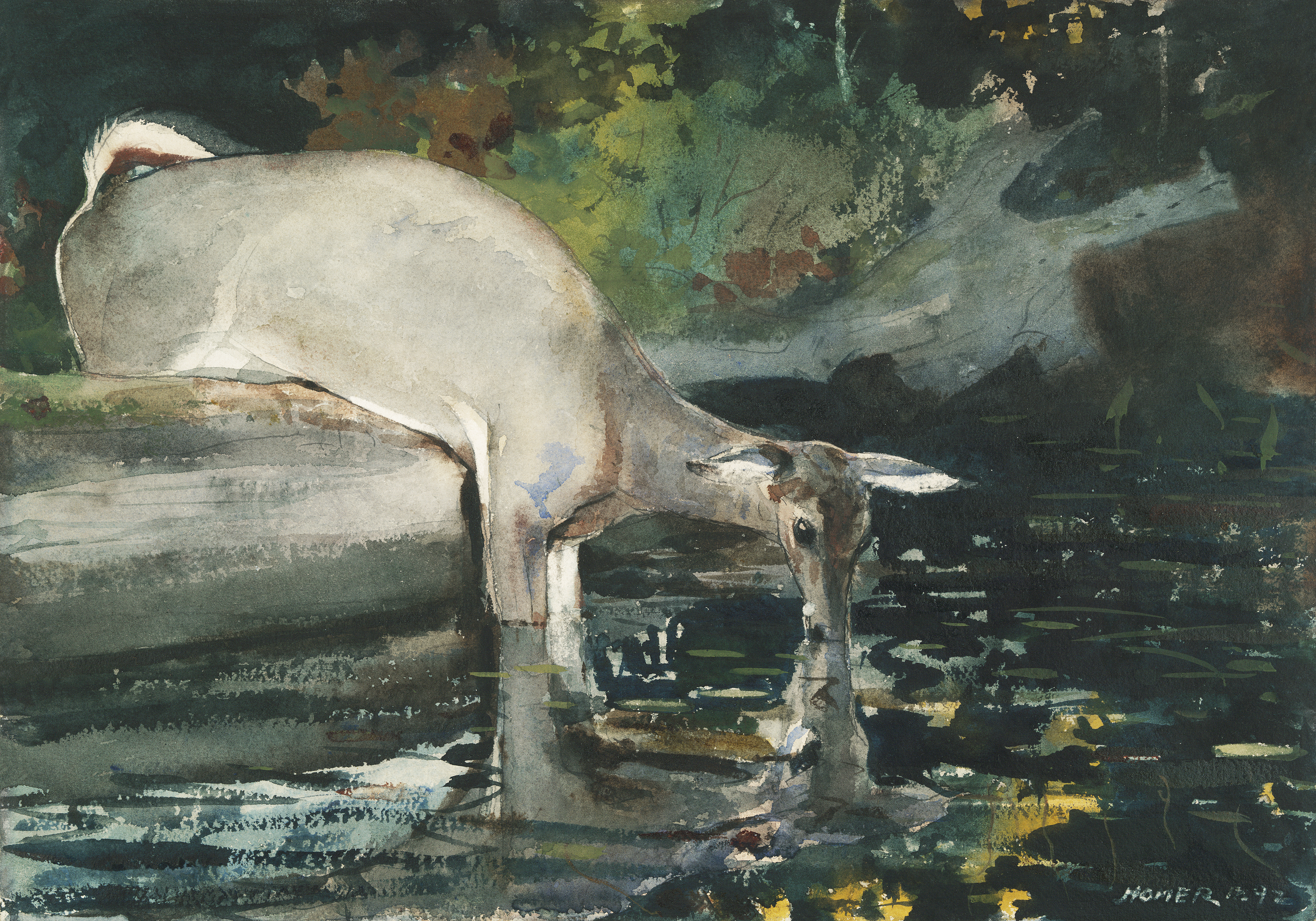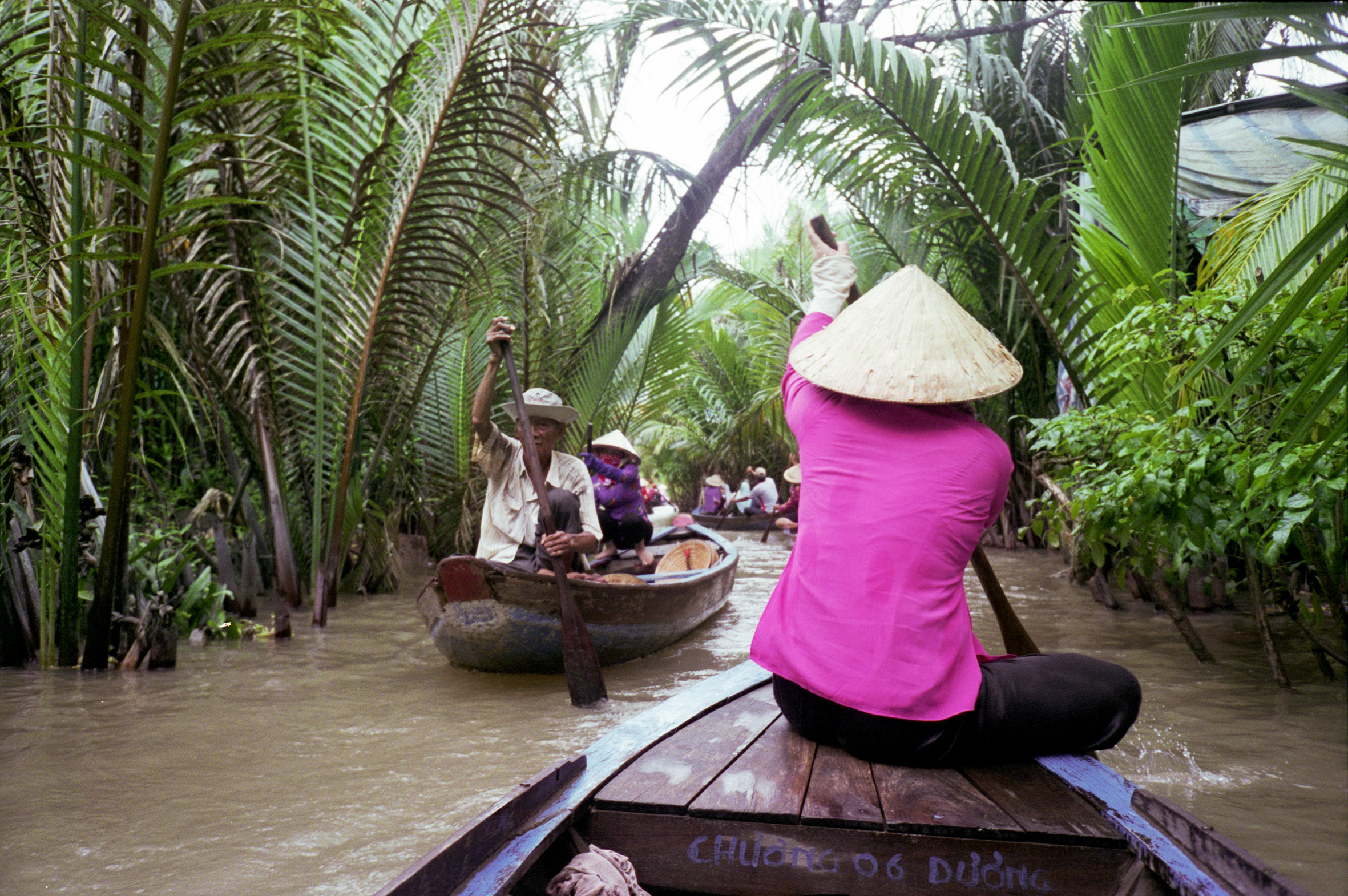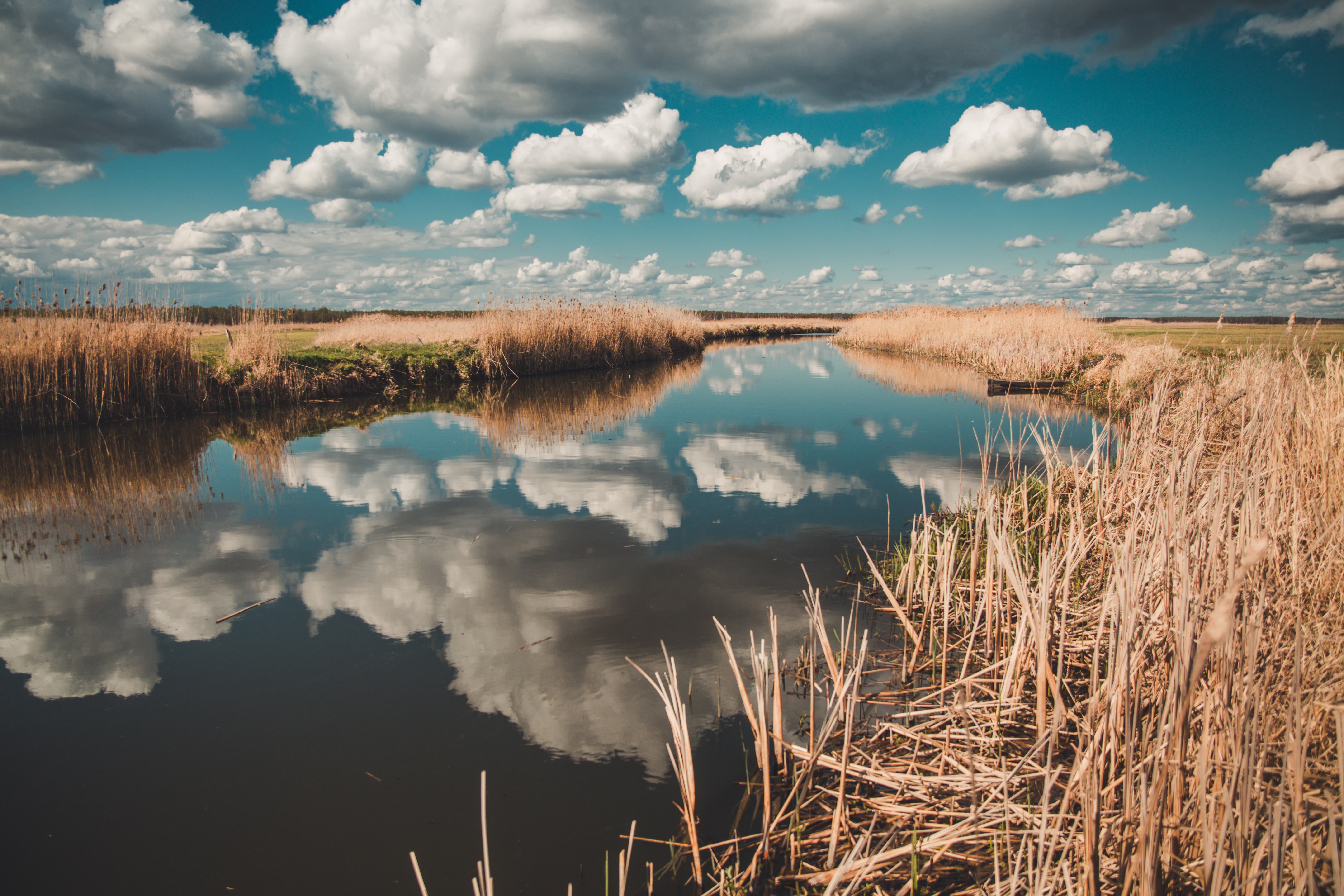
A crevasse in the ground, a passage between underground water and a stream, a keyhole, a threshold. A spring is not – as it is often defined – the beginning, but rather a secret place, a link. It allows one to draw from the link between two worlds.
“The flowing water is ‘alive’, restless. It is a source of inspiration, it heals and prophesises. Streams and rivers reveal power, life and eternity: they exist and are alive. In this way, they gain autonomy, and humans continue to worship them despite other epiphanies and religious revolutions,” Mircea Eliade wrote in History of Religious Ideas. The worship of water can be found in every culture, just like tales of the springs and the water of life.
Zargan Nasordinova, a Muslim refugee from Chechnya who has lived in Warsaw for over a decade, says of her homeland: “It’s like your soul is there, and you are constantly fighting for her to come back to you. Here it is beautiful; there is freedom here. But where you were born, you grew up; there is a big part of your life left there. I really like my country, especially the mountains. Do you know what our water is like, the mountain water? When you get up in the morning, you go out into the yard, pour it and it’s alive, just like in fairy tales. You drink a little and you don’t even want to eat anymore. You stop being hungry. This water has a unique taste!”
Perhaps each of us has our own water of life?
“Whoever has access to the source does not draw from a puddle,” Leonardo da Vinci reportedly wrote. A department of hydrogeology known in Poland as creneology (from the Greek crene – ‘spring’, ‘fountain’) is dedicated to the study of springs. According to Aleksander Brückner in Słownik etymologiczny języka polskiego [Etymological Dictionary of the Polish Language] (1927) in Polish, the word ‘spring’ is etymologically connected to “the same word as the throat. The throat, that is, the opening through which the food flows, the entrance, the isthmus.”
The water of life
In legends and fairy tales, the protagonist travels to a spring to draw from it the water of life and save someone important – a parent or a loved one. This person is clean, innocent and needs this water for a just cause; they do not want to learn its secret at all. Its effects result from the rules governing sympathetic magic, according to which contact with the magical substance leads to the acquisition of its properties, as described by James Frazer in The Golden Bough (1889). Drinking the water of life affects the entire human body: it heals, rejuvenates, revives. This water is simply life itself, not a fount of knowledge or an instrument of initiation like a philosopher’s stone. What is more, it continually renews itself, flows; one can even assume that it carries information crucial to preserving life. To draw it means to do something useful – to rejuvenate, heal or bring someone back to life. It resembles an expensive drug from America. One must acquire it.
In fairy tales, the fount of life is always hidden – behind the seventh mountain, a river or woodlands. One must search high and low to discover it, and along the way gain the favour of nature; help animals and trees. In many tales, the repeated advice is to never look back, but focus on the goal – otherwise one might be turned into stone. “Whoever wants to come to the top of the mountain must go straight ahead, whatever one might see or hear along the way; God forbid one goes off the path, or look back: at that moment, one will turn into a rock,” wrote Roman Zamarski in Podania i baśnie ludu w Mazowszu [Fairy Tales of the Mazovian People]. It takes courage to acquire the water of life.
“The water of life is at the same time the water of the dead,” says Katarzyna Jackowska-Enemuo, an anthropologist of culture and a graduate of Jagiellonian University; a nomad, musician and storyteller. “The water of life-death… is guarded by the devils,” wrote Oskar Kolberg. It belongs to the realm of the underworld. It is often guarded by snakes or dragons, it is difficult to access: “You will come upon a high mountain; it is full of wolves, foxes, bears; you must pass them by so that they do not see you, because if they do they will tear you apart; further, there is a second fence, which is guarded closely by lions, leopards, tigers and other dreadful animals and reptiles; finally there is a palace gate at the very top, behind the gate on the side there is a wonderful well, from which you can draw fresh water, but next to the well lies a great, cruel, scariest of all animals viper with six heads, gushing fire, defending the way to this well.” An underground river is sometimes larger than the one on the surface, only that it does not belong to our world. We don’t want to see its hidden part, because it is taboo. A quest for the water of life is a trial, and along the way one has to listen to nature, be steadfast and push forward, and in the end – show humility.
Divine sources
Keeping in mind the sight of wild animals dipping their snouts in a spring, I asked Maciej Barton, a chef at the resort Ostoja Chobienice and a forester by training, if he had encountered similar scenes. “Yes,” he replied. “I’ve seen drinking animals, mainly small ones: rodents and birds. The deer look exceptionally beautiful. In forests, springs are protected; people know that animals use them. I myself come from Kashubia, now I go to visit my parents there. In our area, on the side of a gorge there is a small lake, a swamp, and there the water seeps out from underground. This place has an unusual charm, especially in the summer; even during a drought it is always green there, it is a haven of freshness and living nature. The water from this spring not only has a special taste, but also temperature. It’s always cool and invigorating.”
According to legend, the spring appears in a place touched by the foot of a saint or where someone cried so much until a leak formed. According to geologists, the water drains and flows through the soil like a sponge. Under the sponge there is a hard layer of rock, under which water flows through various underground corridors, depending on their availability, and returns to the ground at the first possible opportunity – as soon as it reaches something that is soft enough and gives little resistance.
In a study entitled Źródła Polski. Wybrane problemy krenologiczne [Polish Springs: Selected Crenological Problems], we read: “The term ‘spring water’ is, to this day, in many languages of the world, synonymous with absolute purity and freshness. Various types of gases can be dissolved in spring water; from the commonly found carbon dioxide and nitrogen, through hydrogen sulphide and methane, to extremely rare cases when ‘pure’ springs drive a mixture of water and helium (Carnot de Santenay in France – 15 cubic metres of pure helium per year). Sometimes the pressure of these gases in the groundwater deposit is periodically large enough that specific geysers are formed, fuelled, for example, by carbon dioxide. One example is a geyser in Herľany, Slovakia, which throws, up to a height of several metres, several thousand litres of water and gas mixture every few dozen hours.”
Springs have always been objects shrouded in a kind of mystery, and the question of the origin of the water flowing from them has always been alive. It has contributed both to the development of natural sciences and to the emergence of many legends and fantastical theories. Water gushing from the springs was often attributed with healing and cult properties (Massabielle in Lourdes, Boża Góra in Poczajów, Manitou Springs in Colorado, Maggie Springs in Ayers Rock, Kastalia in Delphi, Kalwaria in Wambierzyce). Holy and sacred springs were and still are places of worship and pilgrimages in most of the world’s religions (the sources of Narbada, Zamzam in Mecca, Gomuhk – the source of the Ganges, Grabarka in Poland), and many of them have become the foundation of modern spas and bathing areas, thus confirming the ‘wonderful’ properties of the spring waters beating there (Bath, Baden-Baden, Bormio, Cieplice).
It’s difficult to forget a cinema called Saint Bernadetta in Lourdes in the south of France, which I came across accidentally as a teenager and where I first encountered bottles of water in the shape of Our Lady with a screwed-on head, available in every local shop. Faith can work miracles. Bottled ‘Primavera’ water from Aleksandria near Zgierz comes from the level of the aquifer of the lower chalk, which is about 120 million years old. It sounds romantic and very believable. The factory produces 300 million litres of water per year. For the majority of a video presenting the operation of the factory, you can see the automated production of PET bottles, the injection of water pumped from the ground (from a depth greater than the height of the Eiffel Tower by more than 150 metres) into the bottles, the complicated process of screwing on the caps, affixing of labels and placing in six-packs. If a deer saw all this, her large, beautiful eyes reflected in the water, seeping from a crevice in the rock, would turn as round as those bottle caps. Perhaps it’s best that we don’t show her this video.









